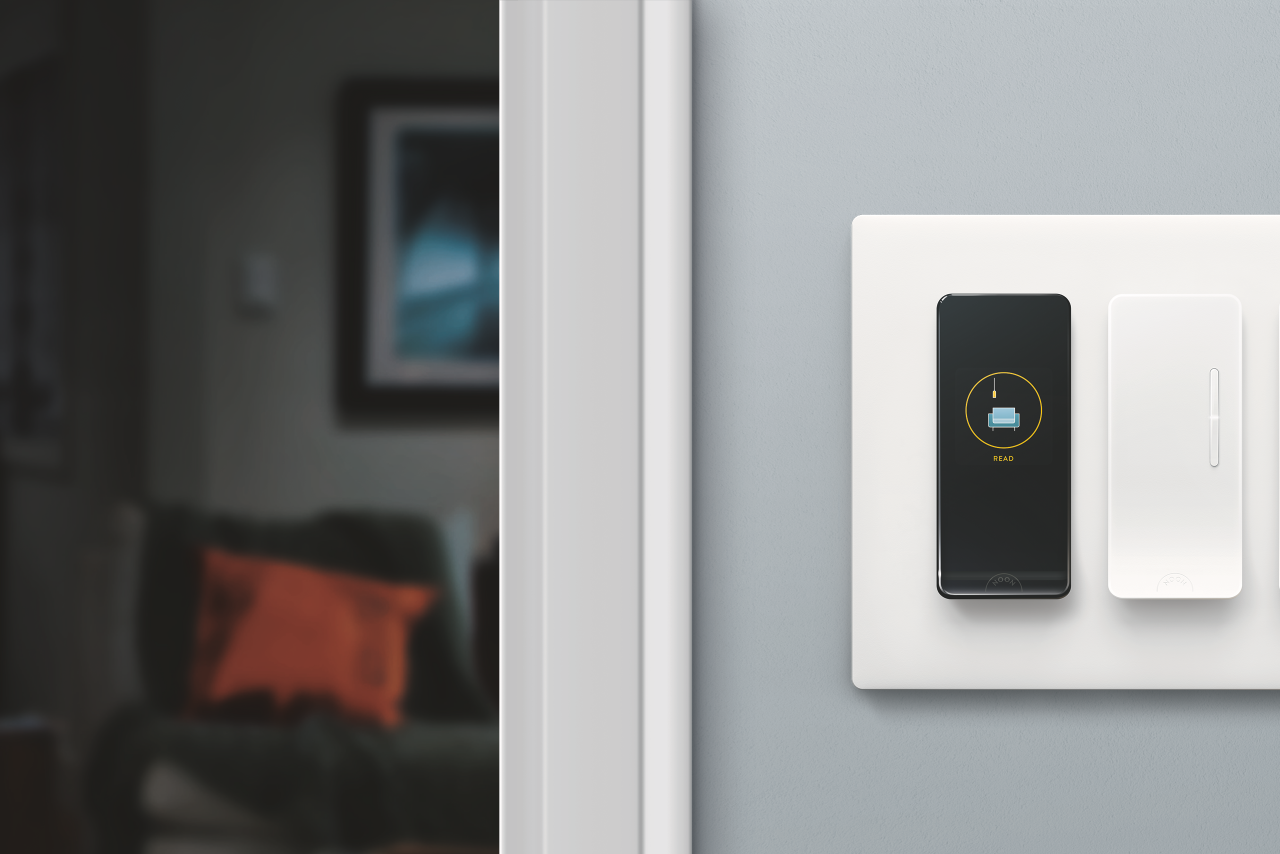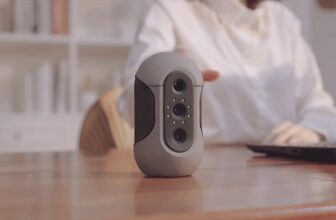
Smart gadgets are an essential part of our lives and have made our lives much easier and hassle-free. In this smart era, the advancement of technology has skyrocketed to a whole new level than anyone has ever imagined. Smart innovations are not only limited to smartphones and other smart devices but have also found their way to automate your home. Who could imagine one can control their home lock system, lights, security systems, and other essential stuff without being home?
Smart lights are the easiest ways to automate your home and can be controlled from your smartphone even when you are miles away. Philips Hue and LIFX are two of the most trusted and well-recognized brands in the market. It makes sense to assess these brands if you want to purchase smart light bulbs. In this article, we will talk about two of the best smart home lighting systems.
It depends on how you would like to decorate your home with smart lights, whether you are looking for simplicity or a long-term project to invest in smart lighting throughout your life. The bulbs connect to the internet differently, and some features they offer differ too. Before you purchase one of the brands, there are a couple of things to take a look at.
Range
Unlike incandescent bulbs, the LED bulbs’ brightness is measured in lumens, not in watts. The higher the wattage becomes, the brighter the light. However, more wattage does not necessarily equate to a shining light.
Both Philips Hue and LIFX provide plenty of options for your smart lighting needs. For Philips, the brand provides a range of smart LED light bulbs, including LED table and floor lamps, wall lights for indoors and outdoors, light strips and light bars, ceiling pendants, and accessories such as dimmer switches, motion sensors, and even a smart plug. In terms of brightness, the Philips Hue bulbs and lights range from 500 to 1600 lumens depending on the particular option chosen.
Philips Hue Bridge is a hub that used to send commands from your smartphone to the cloud and back to the bulbs so they could be controlled even when you weren’t at home. Initially, Philips Hue lighting needed the Hue Bridge for all of their smart devices. Now Philips has added the advanced Bluetooth feature to its smart lights, so if you are in the same room where the smart bulbs are installed, you don’t need a hue bridge and can use the built-in Bluetooth instead. This makes the overall cost cheaper than before. However, you will still need the Philips Hue Bridge if you want to control the lights in more than one room at a time or use accessories such as motion sensors to trigger the lights automatically or activate voice control. It might feel an extra burden when competitors like LIFX don’t use such additional steps.
The Philips Bridge creates a mesh network to connect the bulbs to the central hub, which means they may suffer fewer connectivity issues than LIFX bulbs that connect directly to the Wi-Fi network. Although, in the case of LIFX, those smart lights far from the router may struggle to stay connected. The advantage here is that LIFX’s smart lighting doesn’t need a
bridge or hub to control the lighting when you are not at home, as it connects directly to your home network.
The night vision version of LIFX A19 and LIFX A60 enhances the night vision of the home security cameras through infrared light and LIFX clean, which disinfects surfaces through High Energy Visible (HEV) light that is not harmful to humans and pets.
Funktioner
When it comes to what you can do with both the smart lighting systems, both of them Philips Hue and LIFX provide basic functions. The Philips Hue bulbs and LIFX smart lights respond instantly when switched on and off from the relevant smartphone app, even when the brightness or color is adjusted when illuminated.
Both smart lights give options to simultaneously create and control a group of lights. LIFX offers up to 50 lights to be grouped in one go. In the case of Philips Hue, it’s 10 lights or 50 lights if you are using a Philips Hue Bridge.
In terms of app usage and integration, both brands have easy-to-use features and options no matter which voice assistant you use in your smart home. The smart lights will integrate easily to use your voice or the smartphone app to control the lights.
Each brand offers some features that the other does not offer. Philips Hue lights can be synced with the image playing on your TV, although this comes with an additional price ($229/£229/AU$499) that provides a sync box. Philips also offers multi-user geofencing that will check to see if others members of your family are home first before activating location based automation.
Final Verdict
Both the Philips Hue and LIFX are easy and convenient to use. Philips has more options regarding the availability and customizability of the types of smart lights in the market than LIFX. If you want to make the most of smart lighting, go for Philips.
Meanwhile, if you want to shift to more affordable options with a more simplistic setup that does not require a bridge and has options like tweaking the shade of the lights, LIFX is the right option for you.









